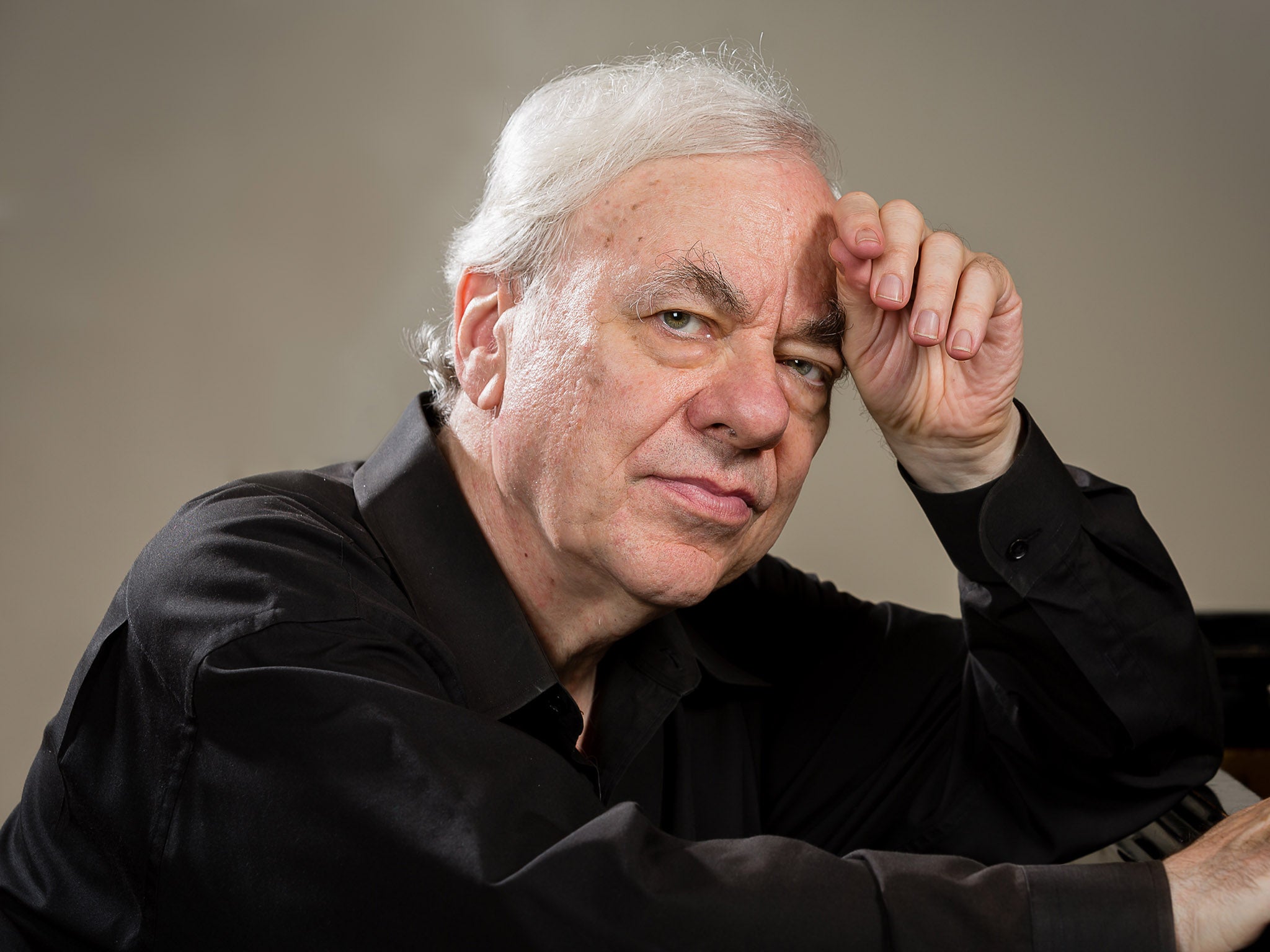Richard Goode, Wigmore Hall, review: At 72 this great American is just hitting his stride
The Andante cantabile was on a grand scale too, the whirling Presto was driven by a breathless agitation

Your support helps us to tell the story
From reproductive rights to climate change to Big Tech, The Independent is on the ground when the story is developing. Whether it's investigating the financials of Elon Musk's pro-Trump PAC or producing our latest documentary, 'The A Word', which shines a light on the American women fighting for reproductive rights, we know how important it is to parse out the facts from the messaging.
At such a critical moment in US history, we need reporters on the ground. Your donation allows us to keep sending journalists to speak to both sides of the story.
The Independent is trusted by Americans across the entire political spectrum. And unlike many other quality news outlets, we choose not to lock Americans out of our reporting and analysis with paywalls. We believe quality journalism should be available to everyone, paid for by those who can afford it.
Your support makes all the difference.Two Mozart sonatas interspersed with two sets of late Brahms piano miniatures sounded in theory pretty sedate for Richard Goode¹s Wigmore programme, but the opening bars of Mozart¹s A minor sonata K310 immediately banished any such thoughts. The dissonances of the Allegro maestoso had a crashing urgency, and the pace was furious: the music¹s tormented turbulence often facilely attributed to the composer¹s grief at the death of his mother was delivered at such volume that the hall seemed almost too small to contain it. The Andante cantabile was on a grand scale too, the whirling Presto was driven by a breathless agitation.
Goode's Brahms's 6 Klavierstucke Opus 118 remained in the same soundworld, the gear-change between eighteenth-century classicicm and nineteenth-century Romanticism was surprisingly smooth. But here Goode also drew on a luxuriously wide palette to allow each piece its separate place in the sun.
They all seemed larger than life, with their poetry in close-up, and the final Andante, largo e mesto possessing an oracular grandeur.
The first movement of Mozart¹s Sonata in F K533/494 was done with a deliciously light touch, the Andante¹s simplicity was matched by its intensity, and the concluding Rondo was exquisitely shaded. After Brahms¹s Opus 119 set, encores by Debussy and Chopin set the seal on this magnificent recital. At 72 - an age when most pianists are winding down - this great American is just hitting his stride.
Join our commenting forum
Join thought-provoking conversations, follow other Independent readers and see their replies
Comments